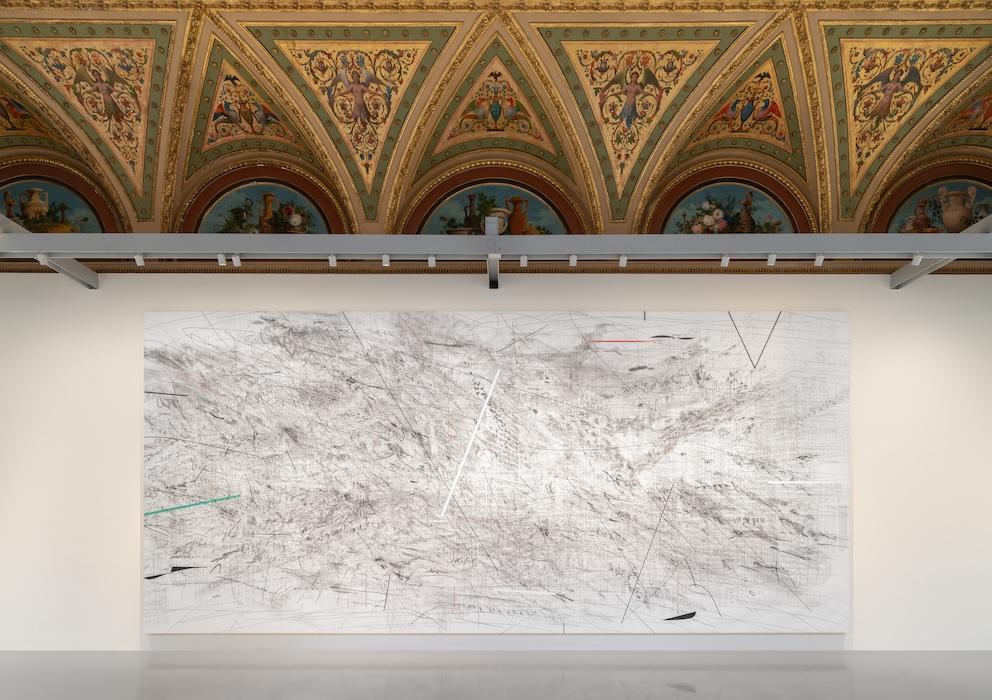On March 16, the Brooklyn Museum’s Fund for African American Art Benefit honored Pamela J. Joyner, calling her a groundbreaking and innovative art collector and champion of artists of African descent. The recognition came a few months after Gregory R. Miller & Co. published Four Generations: The Joyner Giuffrida Collection of Abstract Art in September 2016. The book tells the story of the artwork Joyner and her husband, Fred Giuffrida, have amassed over the years. This fall, the publication will manifest into an exhibition curated by Christopher Bedford at the Ogden Museum of Southern Art in New Orleans.
They started buying art in the 1990s, drawn to abstract work made by African American artists like Norman Lewis, Richard Mayhew, Sam Gilliam, and Jack Whitten. Over the years, that evolved into collecting the work of Mark Bradford, Glenn Ligon, and Lorna Simpson. More recently, their attention has moved to include international artists like Julie Mehretu, William Kentridge, and Mikhael Subotzky.
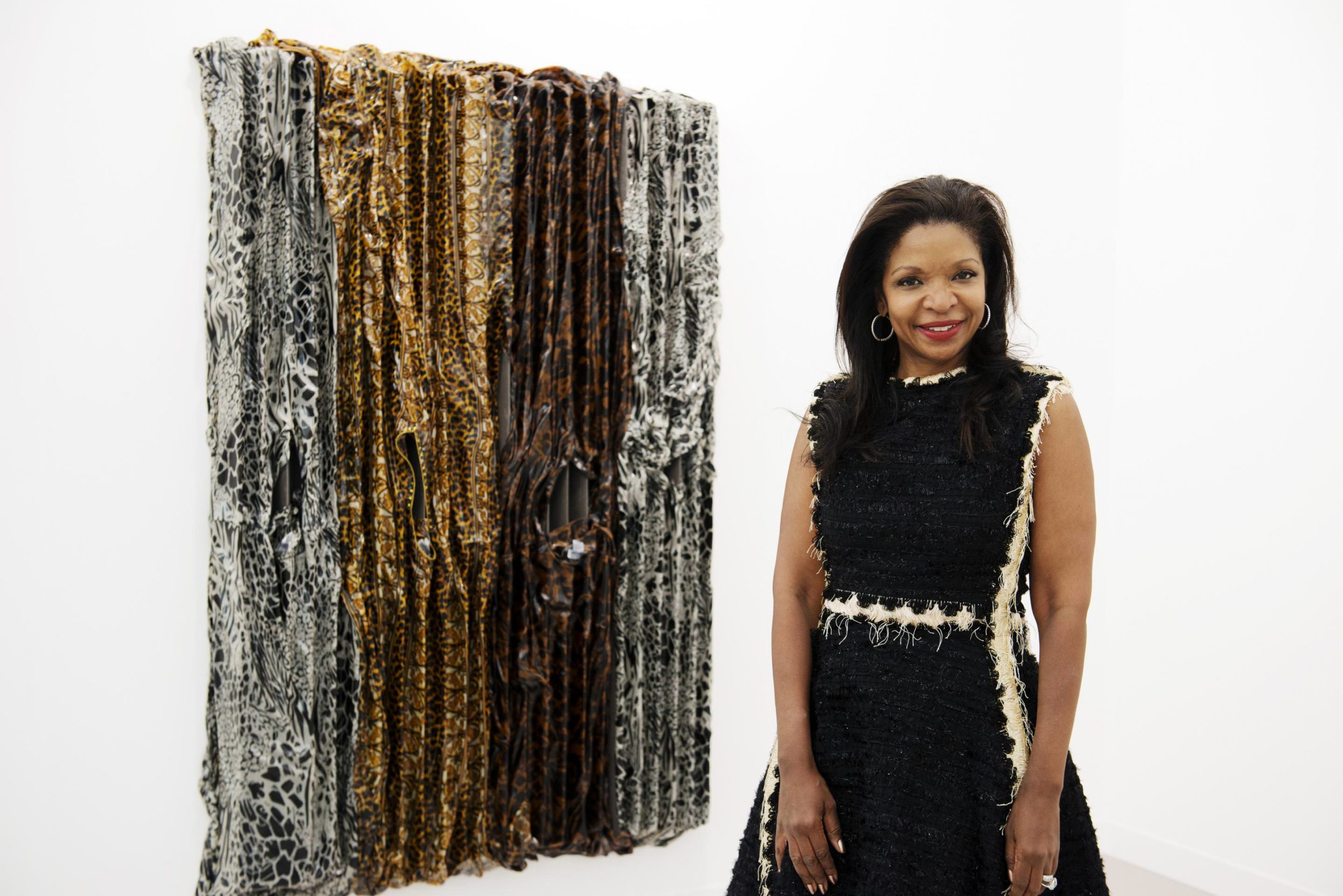
Photo by Linda Nylind.
As their collection grew, so did their strategy in support of the artists whose work they lived with—a group historically underrepresented in museums and other private collections. Through active patronage, engagement with galleries, involvement with institutions, and relationships with curators, the collection has evolved into a vehicle for inclusion of artists of color both in the art canon and future scholarship.
We spoke with Joyner, a former money manager who has applied her business acumen to the strategy of acquiring work and supporting artistic careers, about collecting as a form of activism.
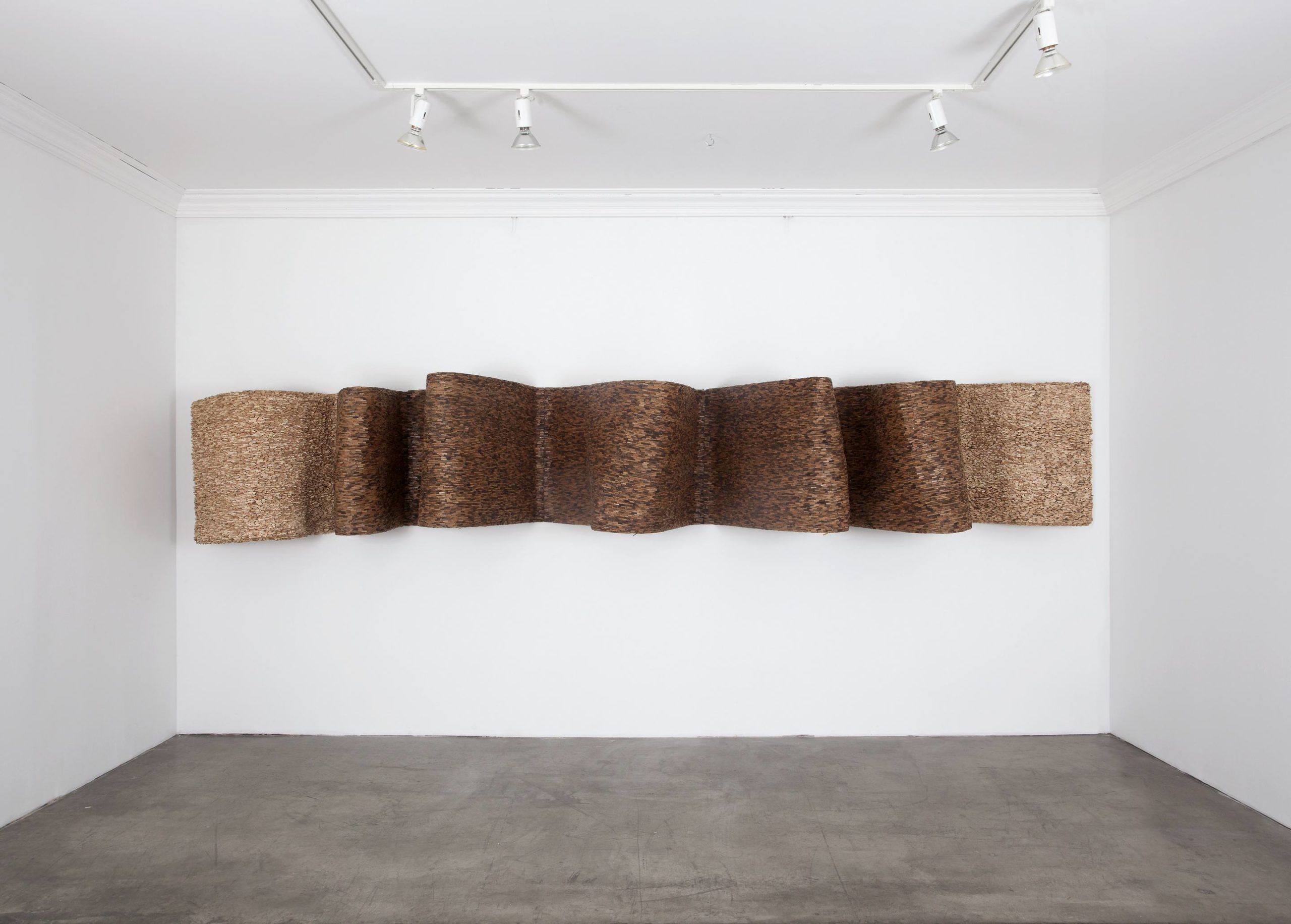
Leonardo Drew
Number 51S
2015
Wood
30 x 180 x 32 inches
© Leonardo Drew
Photo by Keith Petersen, San Francisco
Courtesy of Anthony Meier Fine Arts, San Francisco
WHITEWALL: You’ve told the story of how Lowery Stokes Sims, while you were getting your MBA at Harvard, told you and your classmates not to forget about collecting art. When you were ready to start doing that, how did you first come to buy the Jacob Lawrence piece?
PAMELA JOYNER: I had just done my homework about different artists of color. In part, it was serendipity. You buy things, especially early in your collecting life, really more circumstantially. The work became available, it appealed to me, I bought it. I didn’t really set out to start a collection. I set out to start buying work that I could live with in my home. This notion of collecting, and collecting to a mission, evolved over time.

Kevin Beasley
Bronx Fitted
2015
New Era Yankee fitted hats, bandanas, resin, television mount
70 x 70 x 16 inches
Photography by Jean Vong
© Courtesy the artist and Casey Kaplan, New York
WW: The mission has changed, but you’re still living with the art.
PJ: Yes, we’re still living with the art. That piece is hanging now. We can’t hang all of the collection all at once anymore, and we rotate pretty actively, but that piece I really enjoy, so we live with it.
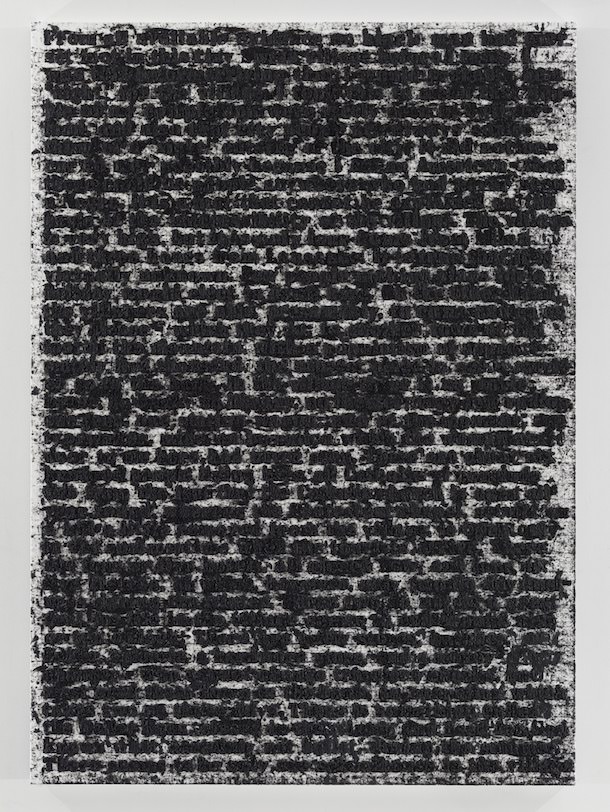
Glenn Ligon
Stranger #68
2012
Oilstick, coal dust, and gesso on canvas
84 x 60 inches
© Glenn Ligon
Courtesy of Regen Projects, Los Angeles
WW: Then you started collecting artists like Norman Lewis and Richard Mayhew, which then lead to Sam Gilliam and Jack Whitten? What do you think made you connect with these works of abstraction?
PJ: The first connection was Richard Mayhew himself. It was really getting to know Richard, he having been one of the youngest members of the Spiral Collective that was started by Norman Lewis and Romare Bearden. He shared all of those stories with me and that got me taking a look at those artists and the artists related to that collective, including Sam Gilliam and Jack Whitten.
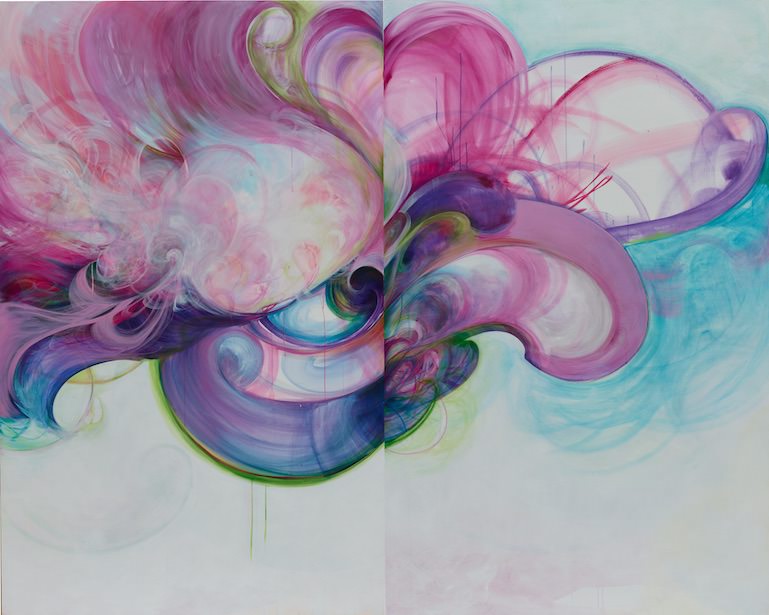
Shinique Smith
Majesty
2012
Acrylic on canvas over panel
96 x 120 x 2 inches
© Shinique Smith
Photography by Ian Reeves
On the notion of abstraction, one, I just like the aesthetic. But when I discovered how both enterprising and risk-seeking African American artists willing to engage in abstract practices were, the notion of doing something you weren’t supposed to do, that appealed to me. Refusing to be put in a narrow box, that appealed to me.
I do own figuration, and there are certain figurative artists I do love, but the true definition of freedom, social and otherwise, is to be able to do what it is you’re compelled to do, skilled to do, and not be forced to do what others expect you to do.
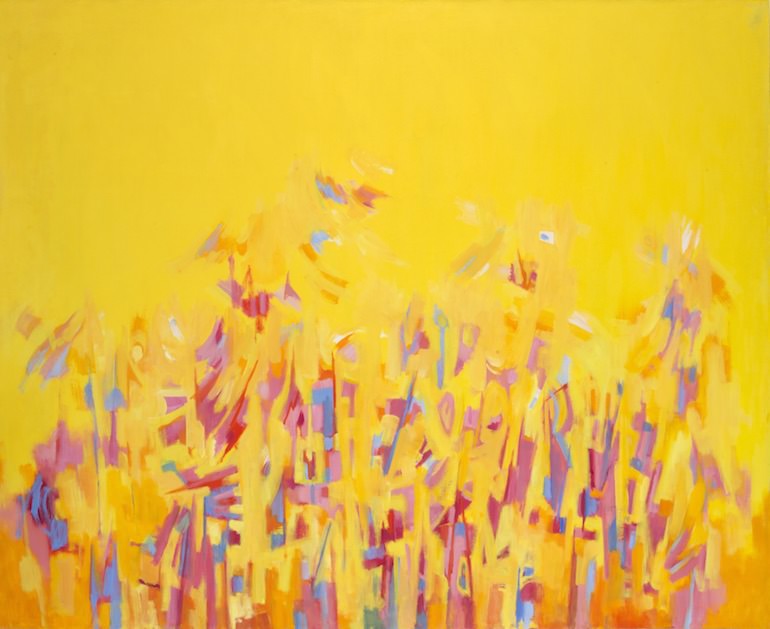
Norman Lewis
Afternoon
1969
Oil on canvas
72 x 88 inches
© Estate of Norman Lewis
Photo Courtesy of the Art Institute of Chicago
Courtesy of the Michael Rosenfeld Gallery LLC
WW: That’s the truly avant-garde.
PJ: In my way of thinking, it is. And I think it has parallels outside of the art world, which appealed to me personally as well. I started buying this work at an earlier point in my career where some people might view the experiences I was having professionally at that moment in time to have been somewhat pioneering. To me there were autobiographical parallels I could relate to in that prior generation. Sam, Jack, and Richard are in their seventies, eighties, and, in Richard’s case, nineties. The fact that this group of people were willing to commit to their artistic passion with no regard for consequence, with no regard for the fact that there was virtually no prospect of financial reward, to me those are the true creatives.
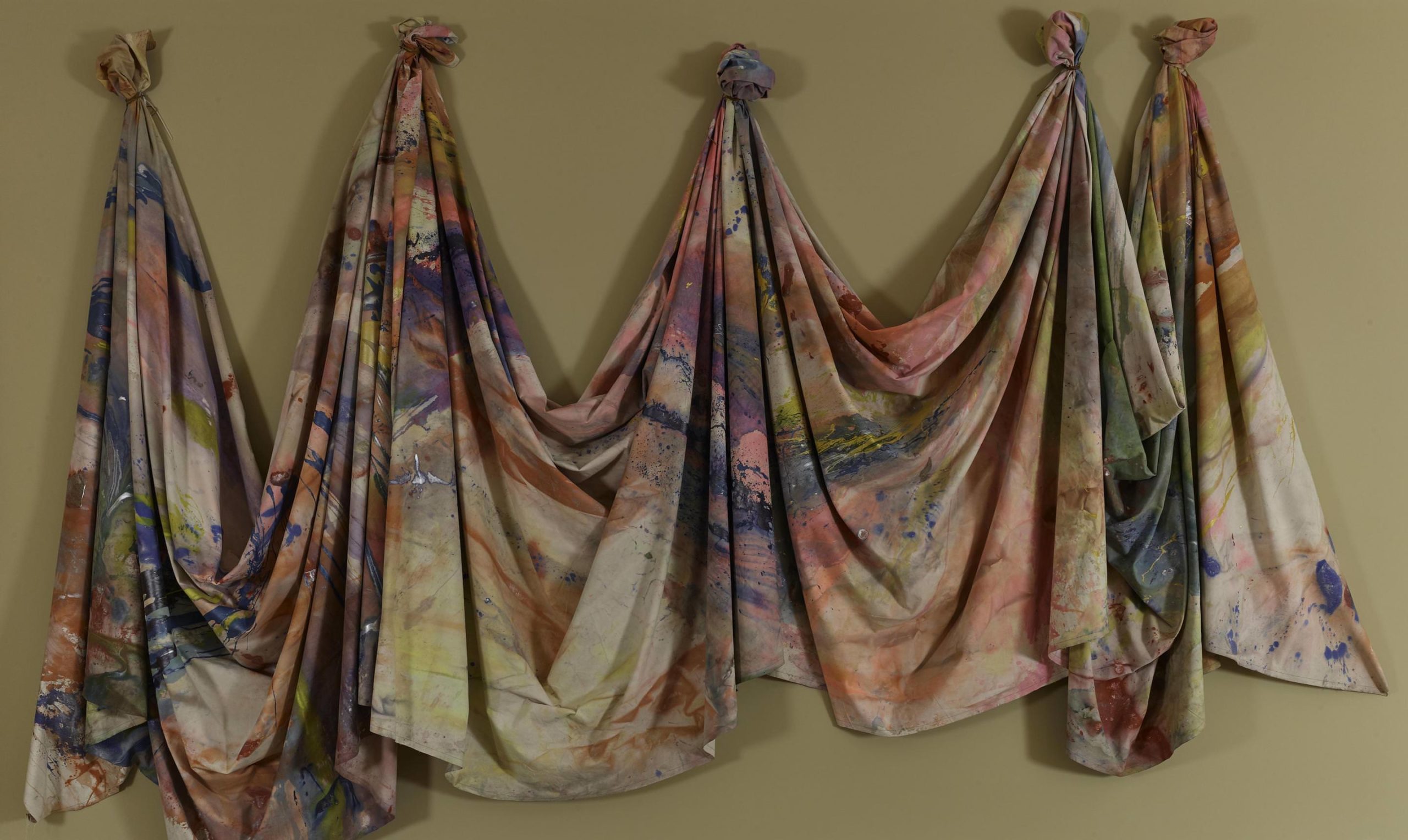
Sam Gilliam
Carrousel Change
1970
Acrylic on cotton canvas
118 1/8 x 920 1/8 inches
© Courtesy of the Artist Photo by Ian Reeves
WW: Your collection was pioneering as well. There was no road map for your collection as you put it together. So was it the relationship between these artists that really drove it forward?
PJ: Absolutely. The artists’ connections to each other, but also discovering curators who either had particular interest and expertise in different aspects of the collection like Lowery or Thelma Golden, to sort of observe their journey with respect to learning about the work and benefiting from that journey. These are the people that know how to unpack the content of an artistic career. I’m an MBA; I’m not an art historian. I don’t have the expertise in it. But watching a number of young curators as they go down this journey has been really informative to me.
WW: Was it always important for you to have a relationship with the artists whose work you collect, like you did initially with Richard Mayhew?
PJ: It really is. And it’s gotten to be a more formal process. Beginning even just a few years ago, we started an artist residency. And that gives us a formal platform from which to interface with artists. As we think of this as a collection, and we want to make it accessible to a broader public, we have come to view ourselves as stewards not only of the work but of the careers. It takes on a different meaning.
WW: And within your role as trustee of institutions like the Tate in London and the Art Institute of Chicago, you can make a real impact.
PJ: I think the openness of the leadership is key. You can have lots of collectors interested in an area, but if the leadership does not identify that area as an area of priority, progress cannot be made. So the collectivity of the effort has really, I think, advanced what, for example, is the Tate’s strategic focus of broadening the global dialogue in the contemporary art world in general.
WW: Was there a moment, that you realized that the collection does have a mission and potential to reframe and help rewrite art history?
PJ: It’s generative. The whole thing is iterative. You buy paintings, then it begins to take on a coherent theme, and this is where my business background does help. I said, “Okay, here’s the thing, here’s the strategy, here’s the tactics for execution.” That part I can do. I do an annual exercise where I sit down and I review and refine the strategy. I make a target list, pretty specifically. I try to operate within a budget, but it’s really hard in the art world because not unlike the first paintings I bought of Jacob Lawrence, when things come up and you have needs, then you have to make decisions about responses. But I’m pretty organized about strategy and tactical execution.
Having a framework actually gives you the flexibility to have things unfold in an iterative way. So another natural progression from collecting the Norman Lewis and the Sam Gilliams, and then the Mark Bradfords and Bethany Collins of the world was then to move to Oscar Murillo and to non-U.S. So we’ve done that.
And we moved from being a mission-driven collection to writing a book. In the course of writing the book, some people whom I hold in high regard suggested that we do a traveling exhibition.
WW: And where do you think that progression leads next?
PJ: I do have an idea of what’s next, because it became clear to me when we organized our book that I owned a fair number of books that I had used as reference material to learn about the work we’re collecting. One thing that’s really important for the process of documenting history is scholarship. That’s something our early generations of artists just didn’t have a sufficient amount of. So we’re contemplating whether it makes sense to put together a book collection that can serve as resource material for scholars. We haven’t gotten all the way there, but it’s a question on the table.
WW: Has putting together Four Generations made you consider how you see the collection evolving?
PJ: Yes, it really has. The book has been a real guidepost to how we are continuing to collect. We’re active collectors. We’re always in the market buying new things. Last week, we hung the first William Kentridge that we bought. We hung it in a way that so underscored how artists relate to each other, how they relate to the environments in which they work in the political circumstances and the lives and the times in which they work. And how they impact everything that comes behind them. Mikhael Subotzky, who is South African and not a black South African, spent a couple of months at our residency last year. I’ve always thought of him as natural successor to William Kentridge. When I hung them together, and the particular works that I have, William from the 1980s and Mikhael from 2014, the dialogue became so evident. William really is the gateway to South African modernism. But in my way of thinking, he’s not unrelated to an artist like Mark Bradford where the art really illustrates and underscores a type of activism, using different aesthetics. But this is activist art. Mikhael’s is as well.
WW: So this activist art is a focus going forward?
PJ: I’m thinking about that. We are a mission-driven collection, but I’m also willing now to say that it’s an activist collection. Because I am drawn to different calls to action myself. And hopefully we’ll prompt other touchpoints in the art ecosystem to a level of activism, whatever it is. And I’ll learn more about that as I think more in that vein. And that’s what makes the art world wonderful. It’s a community of learners; whatever it is you know, you don’t know everything. There is always much to learn.
WW: And on that thread, you’re also hoping to have an impact on future scholarship.
PJ: These young scholars coming up are fascinating. If this mission goes well, this group of scholars won’t have to retrofit their knowledge set. It will be part of the syllabi, the canon, it will be part of the way they think about the world. And that is very key to the mission. Because when you ask yourself why certain artists were overlooked, race relations are certainly a partial answer. I don’t want to diminish that. In 1940, what Norman Lewis faced was formidable. In order to be a successful artist, you have to have what I call “the golden triangle.” You have to have the curatorial and critical support, you have to have the distribution channels like the galleries, and you have to have the collectors. The first two generations in our collection did not have those three variables on a consistent basis. So what we’re doing in our mission is poking at all three of those variables in different ways, and that’s why it’s important to have the scholars and curators in the book. That’s why it’s important to try to at least spark a conversation among promising academics. That’s why it’s important to participate in institutions so that you can collaborate with the institution and the collectors who are together as a system formulating future preferences and tastemaking.
Plus, I really enjoy having it on my wall. I’m not a museum, so I don’t have to be a purist. I can color outside the lines every now and then, and I do.
This article appears in Whitewall’s spring 2017 Women in the Arts issue.





